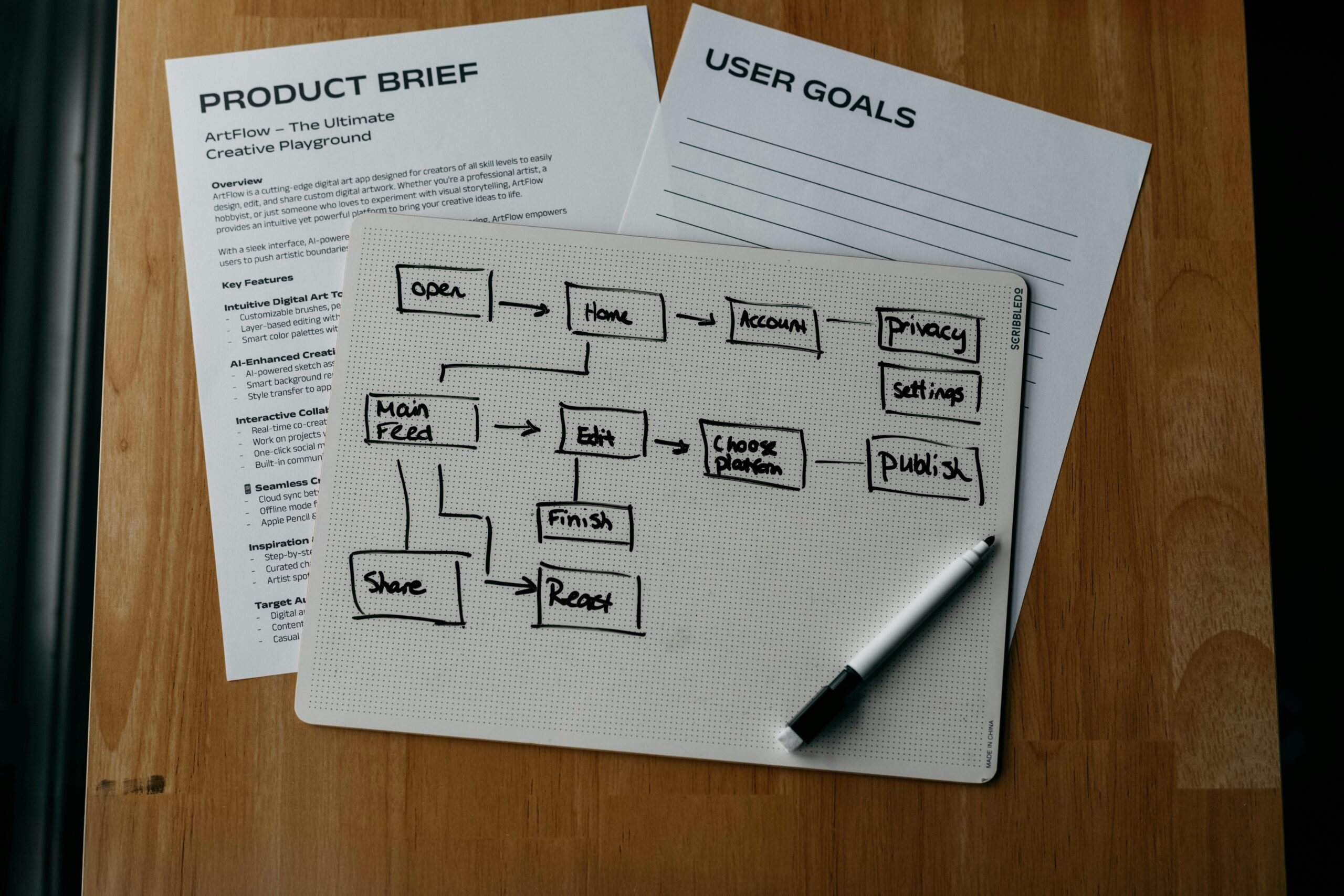Ever wondered if a monitoring kill switch is worth the money and effort? What if I told you it could save your business $100k in downtime costs?
Welcome to the ultimate guide on using Cost-Benefit Analysis to decide whether implementing a monitoring kill switch system makes sense for your operations. You’ll explore the problem, actionable steps, best practices, real-world examples, FAQs—and yes, some brutal honesty about when NOT to use one.
Table of Contents
- Introduction
- Key Takeaways
- The Downtime Dilemma: Why Monitoring Matters
- Step-by-Step Guide to Conducting a Cost-Benefit Analysis
- Tips for Mastering Monitoring Kill Switches
- Case Study: A Real Business That Crushed Downtime
- Frequently Asked Questions
- Conclusion
Key Takeaways
- A well-implemented monitoring kill switch can prevent catastrophic downtime.
- A proper Cost-Benefit Analysis considers both financial savings and operational risks.
- Not every business needs a kill switch—so don’t get caught up in tech hype.
- Real-world data shows ROI spikes when coupled with proactive monitoring strategies.
The Downtime Dilemma: Why Monitoring Matters
Downtime isn’t just inconvenient; it’s expensive. According to recent studies by Statista, unplanned IT outages cost businesses an average of $5,600 per minute. Ouch.

Let me paint you a picture: Imagine running an e-commerce platform during peak holiday season. Suddenly, due to an undetected server overload, your site crashes for three hours. That’s not just lost sales—it’s damaged customer trust and SEO rankings tanking faster than your laptop fan whirrs under pressure.
Optimist You:* “A monitoring kill switch will solve this!”
Grumpy Me: “Hold up—let’s run the numbers first.”*
Step-by-Step Guide to Conducting a Cost-Benefit Analysis
Before diving headfirst into purchasing a shiny new monitoring kill switch, here’s how to conduct a rock-solid Cost-Benefit Analysis:
Step 1: Define Your Goals
Ask yourself: What are we trying to achieve? Faster response times? Reduced downtime events? Clarity upfront saves headaches later.
Step 2: Calculate Costs
Create two lists:
- Upfront Costs: Hardware/software installation fees, training expenses.
- Ongoing Costs: Maintenance, subscription renewals, additional personnel.
Step 3: Quantify Benefits
This part feels like solving a Rubik’s Cube blindfolded, but trust me, it’s doable. Estimate:
- Potential revenue saved from reduced downtime.
- Improved efficiency gains (e.g., fewer manual checks).
Step 4: Crunch Numbers
Use a simple formula: Benefit – Cost = Net Gain (or Loss). If the result is positive, congrats! The kill switch may be chef’s kiss for drowning algorithms.
Tips for Mastering Monitoring Kill Switches
- Know Thy Enemy: Identify critical systems most prone to failure.
- Automation Ain’t Magic: Pair automation tools with human oversight.
- Keep It Simple: Don’t overcomplicate the setup process. Simpler setups mean fewer points of failure.

Case Study: A Real Business That Crushed Downtime
In 2022, Company X—a mid-sized SaaS provider—implemented a monitoring kill switch after experiencing back-to-back outages costing them $75,000 annually. After thorough Cost-Benefit Analysis, they invested $20,000 in software + maintenance.
Result? Within six months, their downtime dropped by 80%, saving nearly $60,000 year-over-year. Talk about returns.

Frequently Asked Questions
Q1: Is a monitoring kill switch necessary for small businesses?
Not always. For startups without high-risk operations, simpler solutions might suffice. Check the math before committing!
Q2: Can I DIY my own monitoring kill switch?
Theoretically? Sure. Practically? Probably not recommended unless you’re coding wizardry incarnate. Stick with vetted tools that have better support and reliability guarantees.
Q3: What’s the biggest mistake companies make?
Skipping the Cost-Benefit Analysis entirely. Trust me—I’ve seen leaders go all-in on flashy tech only to realize it doesn’t fit their actual needs. Sounds familiar? Yeah, us too.
Conclusion
To recap, a monitoring kill switch paired with thoughtful Cost-Benefit Analysis can be a game-changer—but ONLY if aligned with your goals. Remember, even the sleekest tools won’t fix poor strategy.
So, whether you’re ready to pull the trigger or still debating, ensure your decisions are rooted in data, not tech hype.
And hey, bonus haiku for ya:
Monitor wisely, Data flows like morning dew— Profit grows strong roots.


